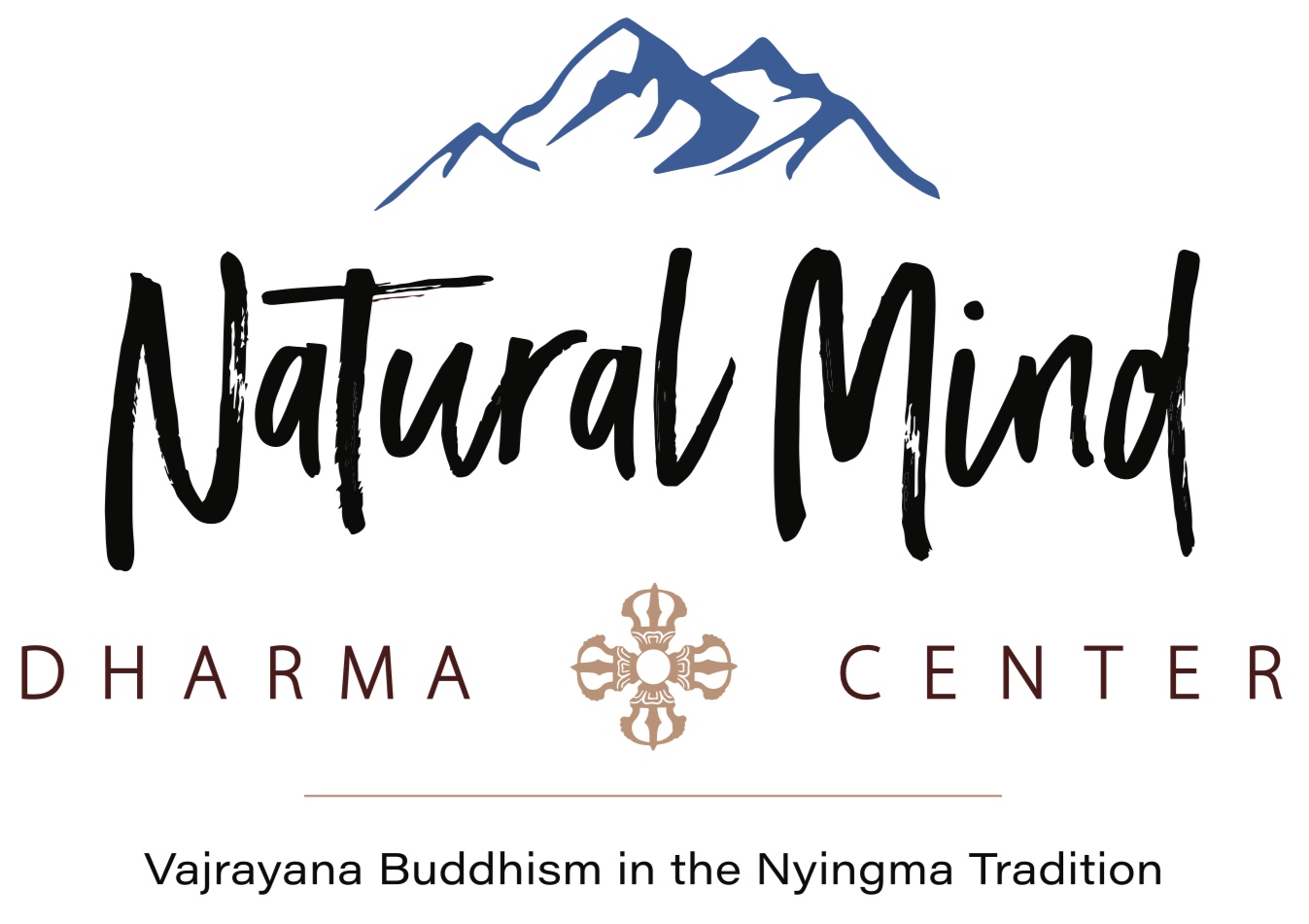Becoming Like Lichen
Lichen is, literally, a fixture on our rocks and trees. It comes in many colors: drab gray, shades of green, vibrant orange, and everything in between. They may have tiny, leafless branches; flat leaf-like structures; grow crust-like, adhering tightly to a surface like a thick coat of paint; have a powder-like appearance; or other growth forms. It is unlike any other life form on the planet and is responsible for nutrient recycling from rock to soil, as well as serving as a food source for a variety of animals.
Lichen is a lesson in coexistence. It requires two disparate lifeforms to come together in symbiotic harmony. As a matter of fact, lichens are the lifeforms that first brought the term symbiosis into botanical language. An algae marries a fungus, creating a miraculous display. Each is a symbiont of the other; the fungus is called a mycobiont and the photosynthesizing organism is called a photobiont.
I know this sounds very technical, but it is quite amazing. Imagine if every one of us were to “marry” a vast interconnected lifeform colony, like tendrils of fungus, and, in turn, our green algae self draws energy from the sun to feed the organism. It becomes a mutually supportive relationship (they even call this mutualistic).
Well, here we are, we humans, inhabiting a planet where we have an opportunity to create a mutualistic relationship with everything. But it has become very one-sided, a parasitic relationship in which one species takes all the energy—killing the host. This never works out very well. I am so happy to see the advent of things like regenerative farming. This process recognizes our interdependence and exhibits characteristics similar to lichen.
Maybe we can look into our own lives and regenerate the lines of energy we maintain from the perspective of mutualism. This is what Buddha taught. We resolve the suffering of dualism, separating self and other, through mutual respect and understanding of each other’s needs. Both sides benefit. Bodhicitta!
